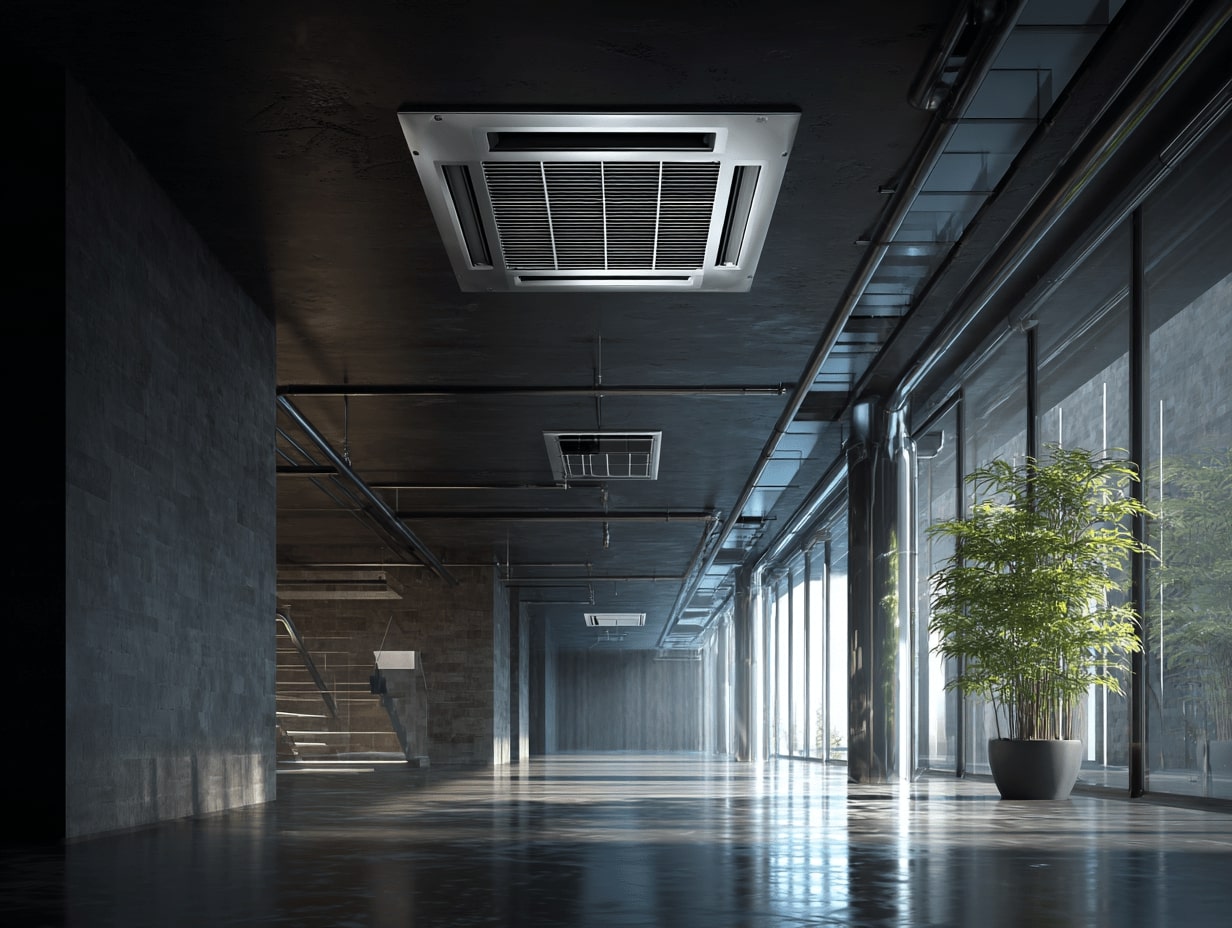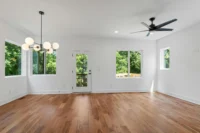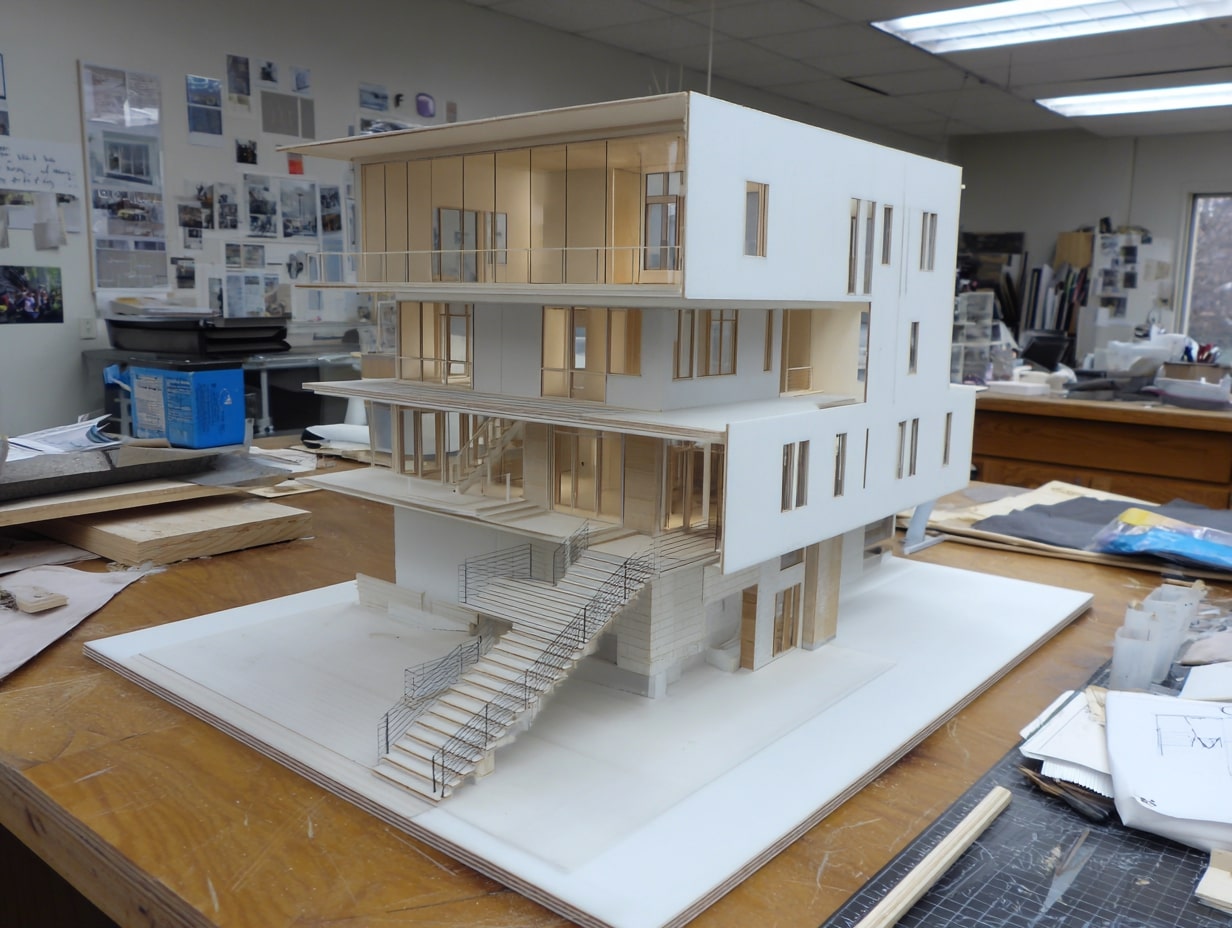- Home
- Articles
- Architectural Portfolio
- Architectral Presentation
- Inspirational Stories
- Architecture News
- Visualization
- BIM Industry
- Facade Design
- Parametric Design
- Career
- Landscape Architecture
- Construction
- Artificial Intelligence
- Sketching
- Design Softwares
- Diagrams
- Writing
- Architectural Tips
- Sustainability
- Courses
- Concept
- Technology
- History & Heritage
- Future of Architecture
- Guides & How-To
- Art & Culture
- Projects
- Interior Design
- Competitions
- Jobs
- Store
- Tools
- More
- Home
- Articles
- Architectural Portfolio
- Architectral Presentation
- Inspirational Stories
- Architecture News
- Visualization
- BIM Industry
- Facade Design
- Parametric Design
- Career
- Landscape Architecture
- Construction
- Artificial Intelligence
- Sketching
- Design Softwares
- Diagrams
- Writing
- Architectural Tips
- Sustainability
- Courses
- Concept
- Technology
- History & Heritage
- Future of Architecture
- Guides & How-To
- Art & Culture
- Projects
- Interior Design
- Competitions
- Jobs
- Store
- Tools
- More
5 Innovative Ways Architects Are Redefining Air Conditioning in Modern Design
Discover 5 innovative ways architects are revolutionizing air conditioning design, blending aesthetics, sustainability, and smart technologies. Learn how hidden airflow systems, renewable energy integrations, and advanced HVAC solutions are shaping energy-efficient, healthier, and visually stunning modern buildings while achieving comfort and eco-conscious goals.

When we think about air conditioning, we often picture it as a functional tool to keep spaces cool and comfortable. But architects are taking this essential technology to the next level, reshaping how it integrates with design and sustainability. It’s no longer just about temperature control; it’s about creating smarter, more efficient environments.
We’re seeing a wave of innovation where air conditioning plays a central role in enhancing aesthetics, reducing energy consumption, and improving overall well-being. These creative solutions are transforming how we experience buildings, blending functionality with forward-thinking design. Let’s explore how architects are redefining the possibilities of air conditioning in ways we never imagined.

Table of Contents
ToggleThe Role Of Air Conditioning In Modern Architecture
Air conditioning serves as a cornerstone in contemporary architectural designs. By optimizing indoor climates, it ensures comfort in diverse environmental conditions. Architects now integrate air conditioning systems into buildings to achieve harmony between aesthetics, functionality, and sustainability.

Design strategies incorporate air conditioning into structural elements to maintain uniformity. For instance, hidden ducts and diffusers meld seamlessly into walls or ceilings to preserve minimalist aesthetics. In modern skyscrapers, centralized HVAC systems efficiently manage temperature across expansive spaces.
Sustainability drives the adoption of energy-efficient air conditioning solutions. We see a focus on heat recovery systems, advanced insulation, and passive cooling techniques, which lower energy use without compromising performance. These approaches align with green building certifications such as LEED.
Intelligent control systems enhance air conditioning’s role. Smart thermostats and sensors analyze real-time data to adjust cooling dynamically, reducing waste. Integrated solutions also allow users to manage climates via mobile applications, delivering convenience alongside efficiency.
Air quality improvements accompany these innovations. Filtration systems now target pollutants and pathogens, creating healthier environments. In high-traffic structures like airports, such systems contribute to improved occupant well-being by maintaining clean indoor air.
Architects leverage air conditioning to push boundaries, combining innovation with sustainability. As design priorities evolve, its role continues to expand, shaping the future of built environments.
Using Air Conditioning For Aesthetic Appeal
Architects are redefining how air conditioning integrates into building aesthetics, ensuring practicality enhances visual appeal. By seamlessly blending functionality with design, air conditioning systems elevate architectural creativity.

Incorporating AC Units Into Building Design
We see AC units becoming integral design features rather than add-ons. Architects use custom paneling, artistic casings, or embedded units within walls to maintain visual harmony. For instance, in modern residential projects, wall-mounted units match interior finishes, while in commercial spaces, sculptural enclosures double as decorative elements. These strategies combine cooling efficiency with a refined look.
Hidden Airflow Systems For Seamless Interiors
Hidden airflow systems create clean, uncluttered interiors by concealing ducts, vents, and diffusers. We implement linear slot diffusers and integrated ceiling systems to streamline airflow without disrupting the design. For minimalistic projects, flush-mounted vents painted to match wall or ceiling colors maintain continuity. Such approaches keep interiors sleek while delivering effective climate control.
Enhancing Energy Efficiency Through Smart AC Solutions
Architects now incorporate smart air conditioning systems to improve energy performance and sustainability in modern structures. These solutions integrate advanced technology to optimize cooling while reducing waste and promoting eco-friendly design.

Utilizing Smart Thermostats And Zoning
Smart thermostats enable precise temperature management in buildings by analyzing usage patterns and environmental data. They adjust cooling automatically, ensuring consistent comfort with minimal energy consumption. For example, systems like Nest or Ecobee adapt to occupants’ schedules, minimizing cooling in unoccupied zones.
Zoning systems divide buildings into distinct areas, each with independent temperature control. In large spaces like office buildings, zoning minimizes energy waste by directing cooling only where needed. This approach significantly reduces overall energy use without sacrificing comfort.
Partnering With Renewable Energy Technologies
Air conditioning systems integrated with renewable energy sources further enhance efficiency. Solar panels, for example, generate electricity to power AC units, reducing reliance on non-renewable energy. This synergy aligns with net-zero energy building goals.
Geothermal heat pumps use the Earth’s stable underground temperature for cooling, providing an eco-friendly alternative to traditional systems. These technologies lower energy costs over time and ensure compliance with green building certifications like LEED or WELL standards.
Designing Buildings For Optimal Airflow
Designing buildings for optimal airflow enhances energy efficiency and indoor comfort. Architects now blend innovative air conditioning strategies with spatial planning to maximize performance and minimize visual impact.

Strategic Placement Of Air Conditioning Vents
Placing air conditioning vents strategically improves airflow distribution and reduces energy wastage. We ensure vents are positioned at high-activity areas, like living rooms and offices, to maintain consistent cooling. Ceiling-mounted vents achieve efficient dissipation of cool air, while floor vents suit areas requiring heating and cooling versatility. In multi-story buildings, alternating vent placement between floors balances temperature.
Linear slot diffusers contribute to uniform airflow in open spaces, such as lobbies or conference rooms. These concealed systems enhance air quality without disrupting design aesthetics. For enhanced control, we also recommend zoning systems that tailor airflow to specific sections.
Integrating Passive Cooling Techniques
Integrating passive cooling techniques reduces reliance on conventional air conditioning. We incorporate design elements like cross-ventilation, allowing natural breezes to flow through living spaces. Open layouts, combined with strategically placed windows and vented facades, enhance natural airflow.
Shade solutions, such as overhangs and reflective roofing materials, complement passive cooling by minimizing heat gain during peak sunlight hours. Architects also employ thermal mass materials, like concrete or brick, in building walls and floors to store and slowly release cooler temperatures.
By combining passive methods with efficient AC systems, we create adaptive environments that maintain comfort with minimal environmental impact.
Addressing Sustainability With Eco-Friendly AC Systems
Architects prioritize sustainability by integrating eco-friendly AC systems into building designs. These systems reduce energy consumption and environmental impact while enhancing overall efficiency.

Adoption Of Green HVAC Technologies
Green HVAC technologies play a critical role in promoting energy-efficient cooling. Systems like variable refrigerant flow (VRF) and heat recovery units adjust cooling output to changing demands, reducing wasted energy. Renewable energy integration, such as solar-powered air conditioning, further minimizes the reliance on fossil fuels. We’ve also seen an increase in HVAC designs that incorporate geothermal heat pumps, leveraging the Earth’s stable underground temperatures for efficient temperature regulation.
Smart monitoring tools enhance these technologies by optimizing performance. Advanced sensors and automated controls adjust operation based on occupancy levels and climate conditions. This data-driven approach ensures maximum efficiency with minimal energy use.
Use Of Sustainable Materials In AC Components
Architects are selecting sustainable materials for air conditioning components to align with green building goals. For instance, manufacturers now use recyclable metals like aluminum and non-toxic refrigerants with low Global Warming Potential (GWP) to mitigate environmental harm. We also observe advancements in biodegradable insulation materials, reducing long-term waste.
Durable materials, such as corrosion-resistant alloys, extend the lifespan of AC units, minimizing replacements and resource consumption. These sustainable material choices support eco-conscious construction practices and contribute to achieving certifications like LEED and WELL.
Combining Air Conditioning With Advanced Technologies
Architects are pushing boundaries by integrating air conditioning with groundbreaking technologies to create efficient, adaptive, and intelligent climate control systems. These advancements redefine the role of AC systems in modern architecture.

Leveraging AI And IoT In Climate Control
We see architects utilizing AI and IoT technologies to transform air conditioning into smart, automated systems. AI-powered algorithms analyze building usage patterns, external weather data, and occupancy levels to predict cooling needs and adjust system operations in real time. IoT-enabled devices, like connected thermostats and humidity sensors, enhance system responsiveness by communicating data between different building components, ensuring steady and efficient climate control. For example, smart sensors dynamically adjust cooling zones in response to occupancy shifts, maximizing energy efficiency and occupant comfort.
Incorporating Data-Driven HVAC Optimization
Data plays a pivotal role in optimizing HVAC performance within architectural designs. Architects prioritize implementing HVAC systems equipped with advanced analytics capabilities to monitor energy consumption, detect inefficiencies, and suggest improvements. Predictive maintenance further minimizes operational disruptions, as data-driven algorithms identify potential equipment failures before they occur. Integration with Building Management Systems (BMS) provides centralized control, enabling architects to set specific climate zones and real-time performance monitoring. In large commercial spaces, algorithms can allocate cooling resources precisely based on foot traffic patterns, resulting in lower energy usage and improved comfort.
Conclusion
Architects are redefining air conditioning by blending aesthetics, sustainability, and smart technologies. Hidden airflow systems, such as integrated ceiling diffusers, preserve minimalist designs, while custom panels and artistic casings enhance visual appeal. These innovations not only improve functionality but also elevate architectural aesthetics.
Energy-efficient solutions like variable refrigerant flow (VRF) systems and heat recovery units reduce energy wastage and environmental impact. Renewable energy integration, including solar-powered cooling and geothermal heat pumps, further supports net-zero energy goals. Advanced materials, such as recyclable metals and non-toxic refrigerants, contribute to eco-friendly construction practices.
Smart air conditioning systems transform climate control with real-time monitoring and AI-driven optimization. Features like zoning systems and automated sensors maximize efficiency by dynamically adjusting cooling. IoT-enabled devices and Building Management Systems (BMS) enhance energy performance and simplify system operations.
By combining innovative air conditioning strategies with intelligent design, architects are creating adaptive spaces that harmonize comfort, functionality, and sustainability.
- advanced air conditioning systems
- architects redefining AC
- architectural air conditioning design
- architectural innovation in HVAC
- climate-responsive architecture
- custom air conditioning design
- cutting-edge HVAC technology
- eco-friendly air conditioning
- energy efficient air conditioning
- future of HVAC systems
- green building cooling solutions
- innovative air conditioning
- innovative cooling designs
- integrated climate control
- modern architecture AC solutions
- modern building climate control
- next-gen air conditioning
- smart building air conditioning
- smart home cooling systems
- sustainable cooling systems
Submit your architectural projects
Follow these steps for submission your project. Submission FormLatest Posts
Smart Steps for Repairing Your Garage
Keeping your garage safe and reliable is mostly about steady habits and...
Why Scale Matters in Architecture
Why Scale Matters in Architecture: see how human, building, and urban scales...
The Chain Reaction Triggered by Foundation Movement
Foundation movement is never an isolated event contained strictly to the concrete...
Why Smart Bin Rental Strategy Shapes Better Architecture Projects
Picture this: you’re standing before your dream architectural project, blueprints approved, permits...












Leave a comment